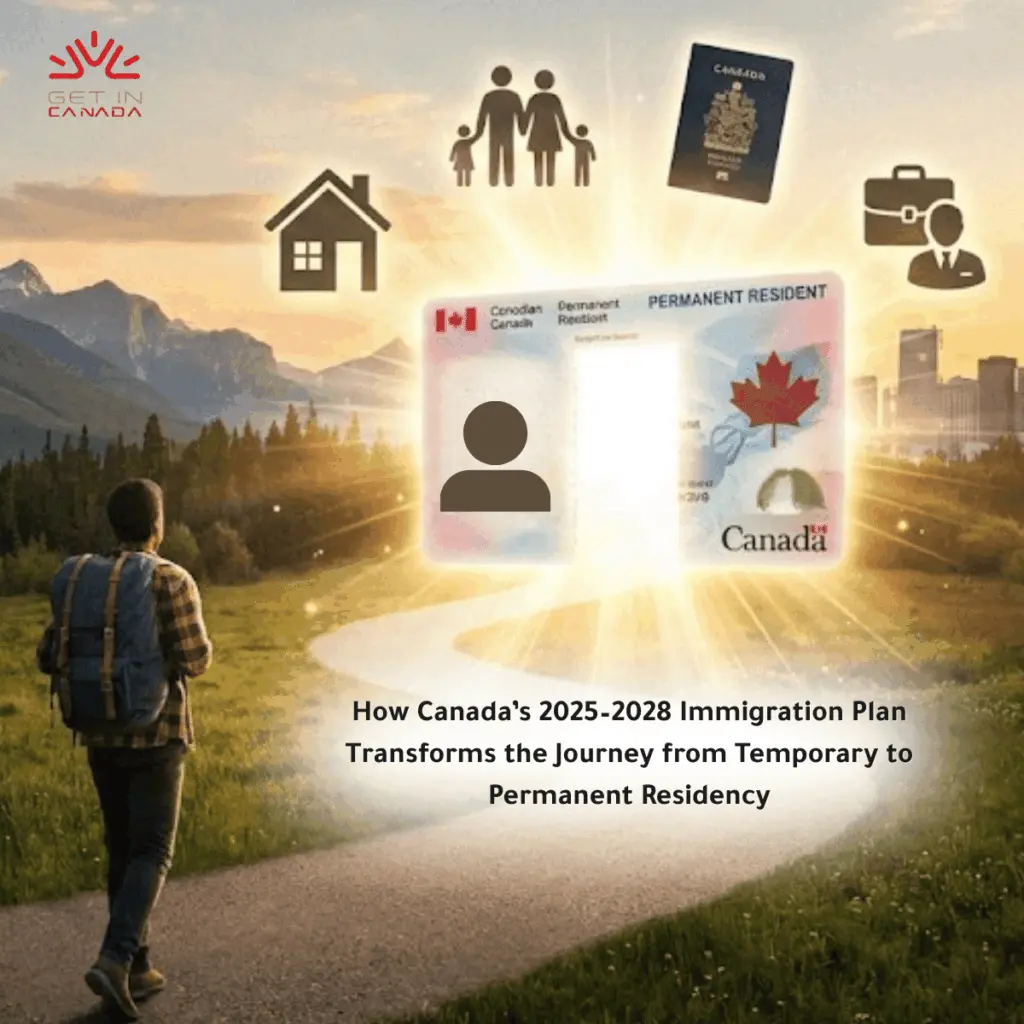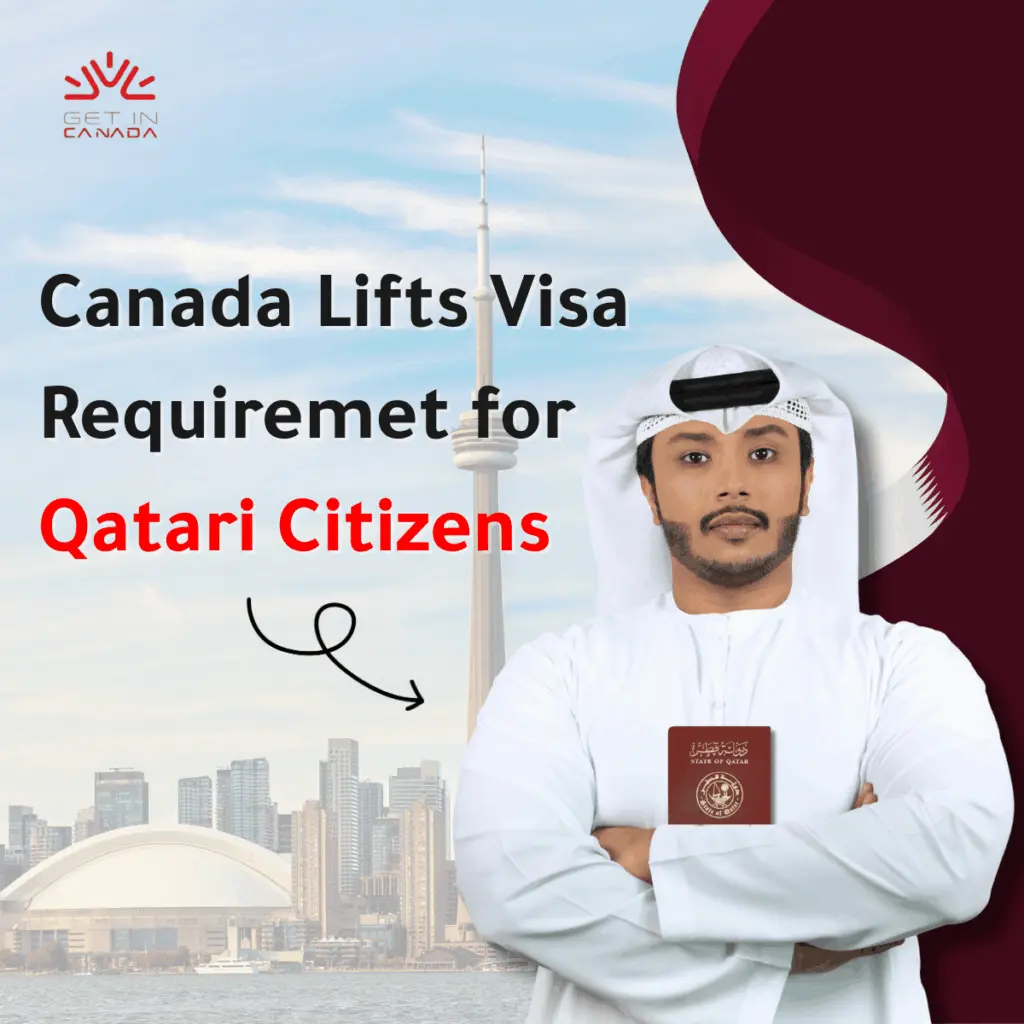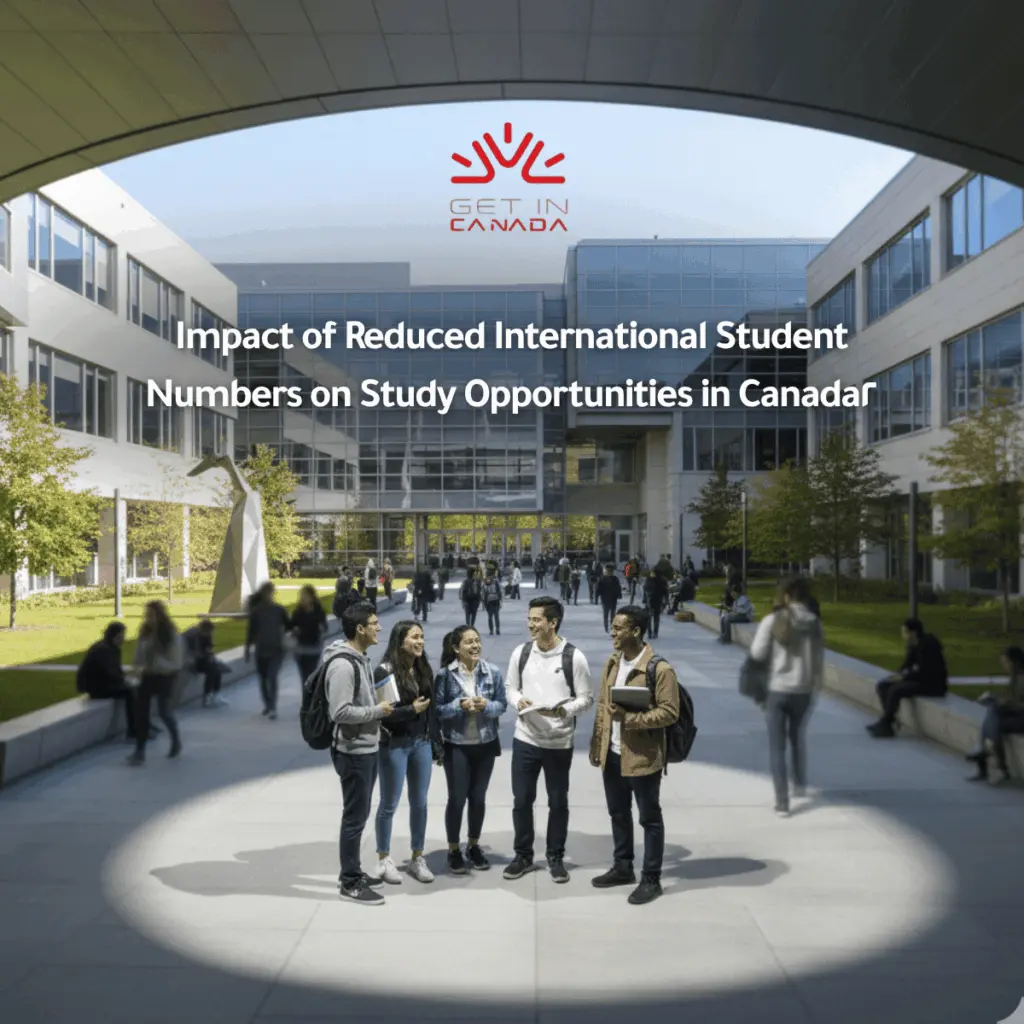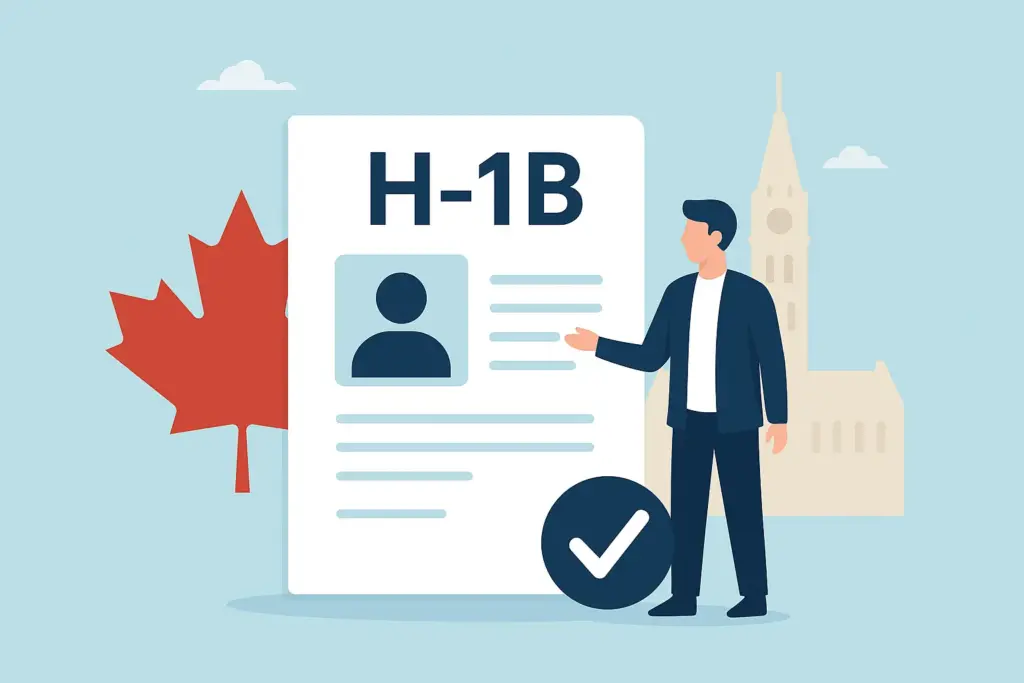How do Canadian Provincial Nominee Programs (PNPs) function?
Embark on a journey of understanding as we delve into the intricacies of Canadian Provincial Nominee Programs (PNPs). In this blog, we unravel the mechanisms that define these pathways to immigration, exploring eligibility criteria, application processes, and the unique features that make PNPs an integral part of Canada’s immigration landscape. Whether you’re a prospective immigrant or simply curious about the Canadian immigration system, join us to gain comprehensive insights into how Provincial Nominee Programs function and play a pivotal role in shaping the Canadian dream.

What are Provincial Nominee Programs (PNPs)?
Each Canadian province, except Quebec and Nunavut, administers various PNP streams tailored to meet their specific immigration objectives. These streams have distinct eligibility criteria and application procedures. Despite being a popular route to Canadian permanent residence, it’s important to note that approval for permanent resident status rests with the federal government, making provincial programs “nominee” programs.
What are the Provinces and Territories of Canada?
Except for Nunavut and Quebec, every Canadian province and territory administers a distinct Provincial Nominee Program (PNP) tailored to its specific economic and demographic objectives. The eligibility criteria and application processes exhibit substantial diversity across provinces, necessitating interested applicants to thoroughly review the requirements of each jurisdiction to ascertain their eligibility.
Explore the varied programs in:
How to apply for a Provincial Nominee Program in Canada?
Follow these steps to apply for a Canadian PNP:
1. Choose the right PNP
Check the previous list of provinces and territories to select your desired destination for immigration. Review the specific requirements of each PNP to ensure eligibility.
2. Apply to your selected PNP
Directly submit your application to the chosen province or territory.
3. Obtain a Provincial Nomination certificate
If your application is successful, the province or territory will nominate you to apply for Canadian permanent residence.
4. Submit permanent residence application
Apply to the Canadian federal government for permanent residence. You can do this online for PNPs aligned with Express Entry; otherwise, submit a paper-based application.
Find out if you are eligible to get in Canada →
What is the cost of immigration through a PNP?
The immigration expenses for a Provincial Nominee Program range from CAD 2,300 to CAD 3,800, depending on the specific program. While some provinces don’t impose processing fees, others, like Ontario, may charge up to CAD 1,500.
Breakdown of costs:
- Language tests: Average cost – CAD 300
- Educational Credential Assessment (ECA) (if applicable): Average cost – CAD 200
- Biometrics: CAD 85/person
- Government fees: CAD 1,325/adult & CAD 225/child
- Medical examination fees: Average cost – CAD 450/adult & CAD 250/child
- Police clearance certificates: Average cost – CAD 100/Country
- Provincial Nominee Program processing fees: Up to CAD 1,500
Total estimated cost: Approximately CAD 2,300 to CAD 3,800.
Eligibility Criteria
PNP eligibility requirements differ markedly among provinces. Key factors considered encompass:
- Work Experience: Pertinent work experience in a sought-after occupation.
- Education: Academic qualifications, occasionally tailored to the province’s requirements.
- Language Proficiency: Proficiency in English or French at a satisfactory level.
- Ties to the Province: Connections, such as prior work or study, or familial relationships.
- Adaptability: Elements indicating the applicant’s probability of effectively integrating and settling in the province.
Required Documents for a PNP Application
Applicants need to furnish documentation showcasing their eligibility for the Provincial Nominee Program (PNP) they are applying to. Common requirements across most provinces include:
- Language results
- Educational Credential Assessment (ECA) reports
- Proof of work experience
- Proof of settlement funds
- Civil documents
- Status documents
Additionally, many PNPs may mandate evidence of the applicant’s intention to reside in the nominating province. Specific documents needed will vary based on the program under which you are applying.
What is the methodology for calculating points in Provincial Nominee Programs?
Given that each province establishes its unique eligibility criteria, diverse points systems are employed to assess eligibility and extend invitations. Points are commonly derived from factors like age, work experience, education, language proficiency, and ties to the province. It’s worth noting that not all nominee programs utilize a points system for candidate ranking.
What steps can I take to enhance my likelihood of obtaining a provincial nomination?
Submitting an Express Entry profile alone can boost your chances, as provinces often review the pool for profiles addressing labor or demographic needs. Strengthening your profile, expressing interest in multiple provinces, and establishing connections through studying or working in Canada can further increase your chances of receiving an Express Entry PNP invitation.
Is an ECA report necessary for PNPs?
Typically, most PNPs mandate an Educational Credential Assessment (ECA) report to validate the Canadian equivalence of foreign credentials. To confirm this requirement, it’s essential to review the eligibility criteria of the specific program you are applying for. Additionally, certain provinces may stipulate that you authorize the organization to share your ECA report results with the PNP.
How does the PNP application process function?
The PNP application process varies depending on the specific program. There are three primary types of PNP processes:
1. Expression of Interest (EOI) Process:
Certain provinces require eligible candidates to submit an Expression of Interest (EOI) profile to the program’s candidate pool. The province then conducts draws, inviting candidates to apply for nomination. Draw criteria may include a candidate’s points grid score, work experience in a specific occupation, language proficiency, or highest education level.
Examples include the Prince Edward Island Express Entry stream, the Saskatchewan Occupation In-Demand and Express Entry streams, and Manitoba’s Skilled Worker streams.
2. Notification of Interest (NOI) Process:
Some programs directly invite candidates from the Express Entry pool, targeting those with specific work experience or skills aligned with labor market needs.
Examples include Ontario’s Human Capital Priorities stream, Ontario’s French-Speaker stream, Nova Scotia’s Labour Market Priorities stream, and Alberta’s Express Entry stream.
3. Direct Application to the Program:
Certain programs permit eligible candidates to apply directly for nomination.
Examples include the BC PNP International Post-Graduate stream, Alberta Opportunity Stream, and New Brunswick’s Skilled Worker stream.
Is work experience necessary for PNP immigration?
Typically, a majority of Provincial Nominee Programs mandate at least one year of work experience for eligibility. Nevertheless, certain programs tailored for post-graduate students, such as the Ontario Masters Graduate stream, Ontario PhD Graduate stream, and British Columbia International Post-Graduate stream, may not require work experience or a job offer for application.
Is it possible to immigrate through a PNP without IELTS or CELPIP?
Typically, nearly all PNPs necessitate candidates to undergo a specified French or English language examination to exhibit proficiency in one of Canada’s official languages. If you intend to immigrate to a specific province, it’s essential to review the language requirements of the program you’re interested in to ascertain the required level of language proficiency.
In conclusion, Canadian Provincial Nominee Programs (PNPs) stand as dynamic and tailored gateways to immigration, each province weaving its unique tapestry of eligibility criteria, application processes, and distinct features. As we navigate through the intricacies of PNPs, it becomes evident that these programs not only address regional needs but also offer diverse opportunities for individuals seeking to call Canada their home. Whether one’s path involves Expression of Interest draws, Notifications of Interest, or direct applications, the overarching theme is the contribution to Canada’s economic and demographic landscape. As we bid farewell to this exploration, may the knowledge gained empower and guide those considering the enriching journey of immigration through the varied avenues of Provincial Nominee Programs in Canada.











